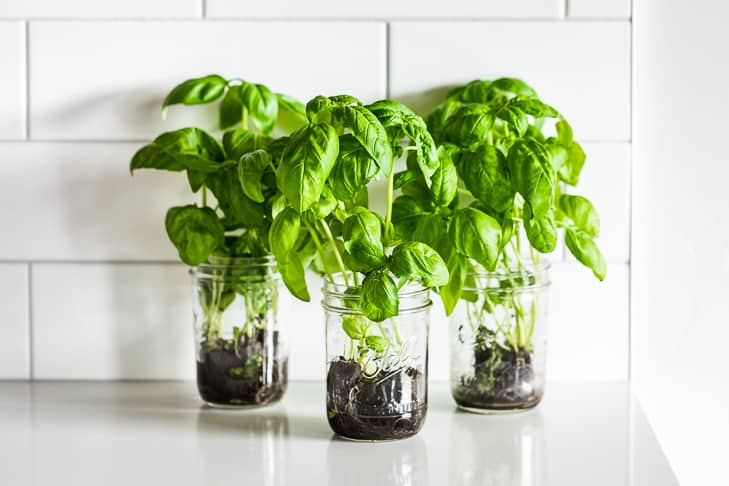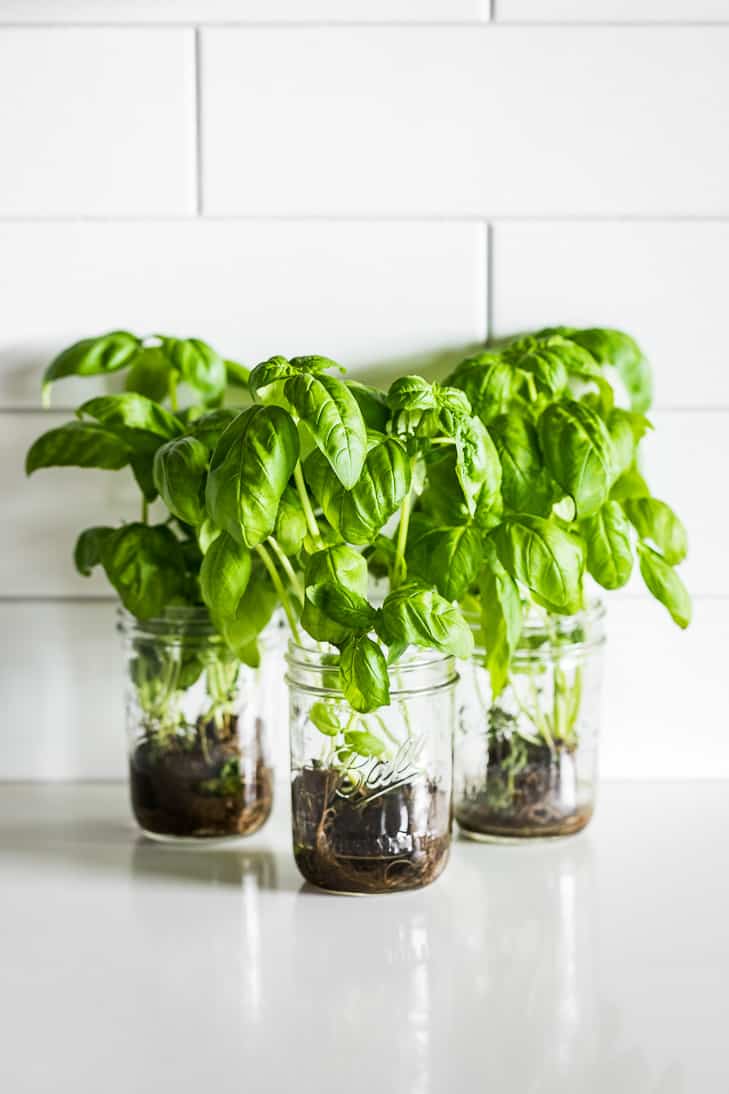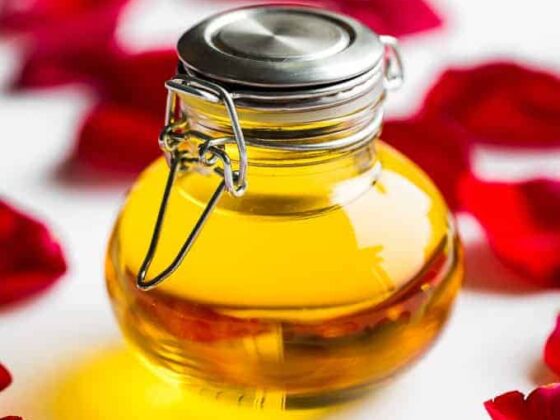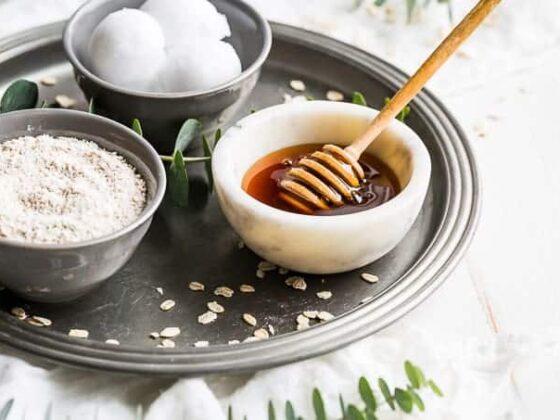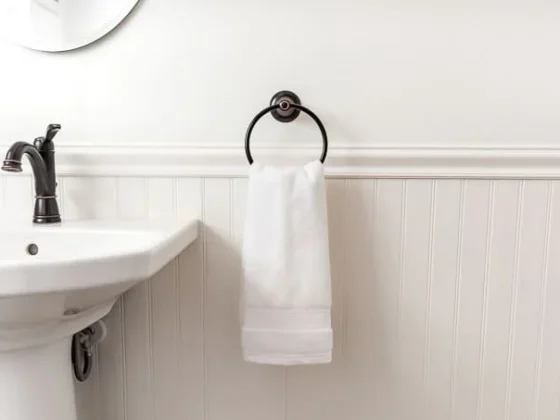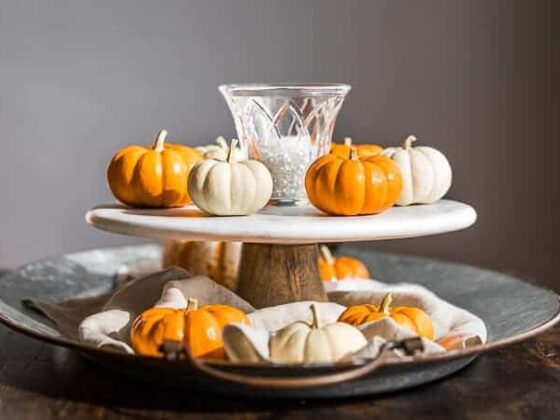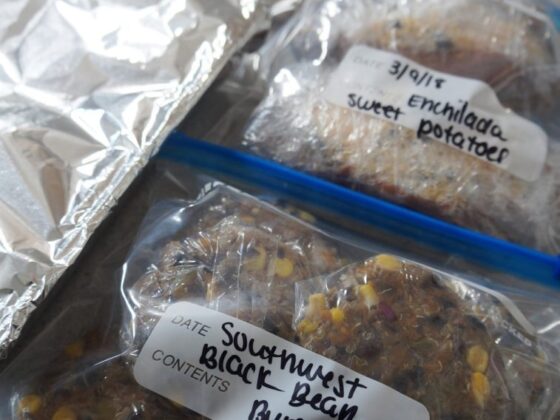Keeping living herbs thriving in your home adds fresh flavors to your meals and enhances your kitchen’s ambiance. With a little care, you can enjoy vibrant herbs year-round. Here’s how to maintain your living herbs effectively.
Choosing the Right Location
- Light: Most herbs prefer bright, indirect sunlight. Place them near a sunny window, but avoid direct afternoon sun, which can scorch the leaves.
- Temperature: Herbs thrive in temperatures between 60°F and 75°F. Keep them away from drafts and extreme temperature changes.
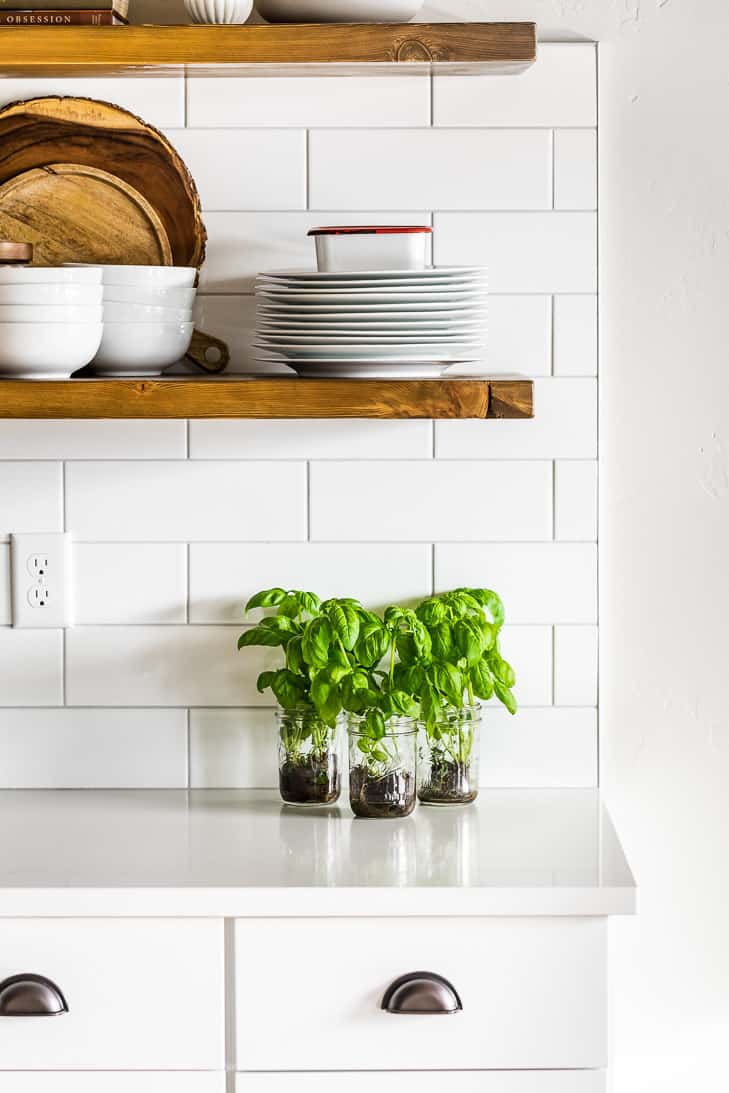
Watering Tips
- Check the Soil: Before watering, check the top inch of soil. If it feels dry, it’s time to water.
- Watering Technique: Water thoroughly until it drains from the bottom of the pot, ensuring the roots get enough moisture. Avoid letting the pot sit in water to prevent root rot.
Pruning and Harvesting
- Regular Pruning: Regularly trim your herbs to encourage bushier growth. Remove any yellow or wilted leaves.
- Harvesting: When harvesting, take only a few leaves at a time to allow the plant to continue growing. Always use clean scissors to avoid damaging the plant.
Fertilizing
- Use a Balanced Fertilizer: Feed your herbs with a balanced liquid fertilizer every 4-6 weeks during the growing season to promote healthy growth. Dilute it according to the instructions to avoid over-fertilization.
Repotting
- When to Repot: If your herbs outgrow their pots or the roots start to appear from the drainage holes, it’s time to repot. Choose a slightly larger pot with good drainage.
- Soil Choice: Use high-quality potting soil that retains moisture but allows for drainage.
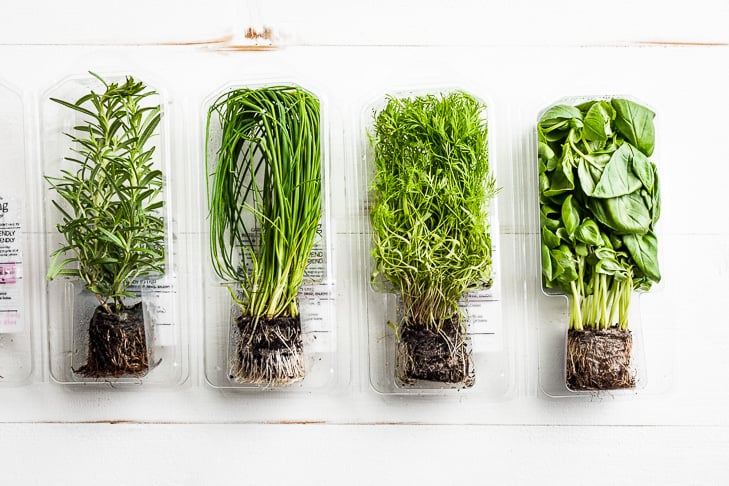
Common Problems
- Pests: Keep an eye out for common pests like aphids or spider mites. If you notice any, treat them with insecticidal soap or neem oil.
- Dying Leaves: If leaves turn yellow or drop, it may be due to overwatering or insufficient light. Adjust your care routine accordingly.
Enjoying Your Herbs
- Use your fresh herbs in cooking, salads, or as garnishes to enhance flavor and nutrition.
- Consider drying or freezing excess herbs to preserve their freshness for later use.
By following these simple tips, you can maintain healthy, thriving living herbs that will enhance your culinary adventures and brighten your home.
